Welcome to our comprehensive guide on how to obtain a free government phone through the Affordable Connectivity Program (ACP). In this digital age, staying connected is more crucial than ever, and this program offers a lifeline to those facing financial constraints. Whether you’re in Las Vegas, Nevada, or anywhere else across the United States, we will walk you through the straightforward steps to secure your own Android phone with unlimited talk, text, and data. Discover if you meet the eligibility criteria, explore the benefits of ACP, and follow our step-by-step instructions to apply for your free phone. Don’t skip this chance to stay connected for nothing!
Why Get a Free Government Phone?
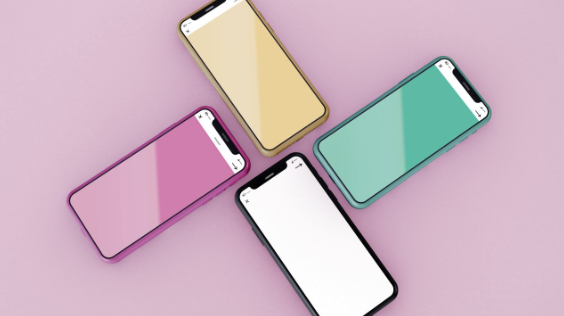
A free government phone can be a game-changer, especially if you’re on a tight budget. With this program, you’ll receive:
- A new Android phone (sorry Apple fans, it’s Android this time).
- Unlimited talk and text messaging.
- Up to 14 gigabytes of data each month.
- Free international calling to selected countries.
Now, let’s explore how to make it happen!
Step 1: Check Your Eligibility
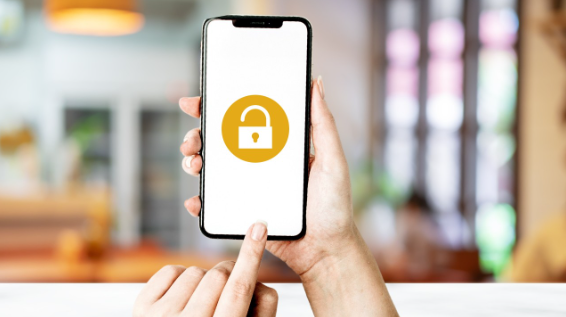
The first step in securing your free government phone is determining if you qualify. Here are the criteria:
- Medicaid
- Section 8 housing
- Supplemental Security Income (SSI)
- Tribal assistance (TANF)
- SNAP (Supplemental Nutrition Assistance Program)
- Women, Infants, and Children (WIC)
Additionally, you may qualify based on your income, provided it falls below a certain threshold. The income limits vary based on household size, but the program makes it accessible to many individuals and families.
Step 2: Understand ACP Benefits
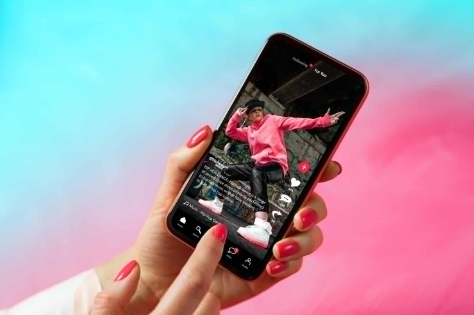
The Affordable Connectivity Program (ACP) is a federal initiative designed to provide broadband internet service and free phones to low-income Americans. To benefit from ACP, you’ll need to meet the income-based or program-based eligibility guidelines. This includes participation in Lifeline, the National School Lunch Program, Federal Pell Grant, or WIC. Remember, the program is limited to one ACP benefit per household.
Step 3: Apply for Your Free Phone
Ready to apply? Follow these simple steps:
- Visit the official website.
- Provide your ZIP code and email address on the application page.
- Click the “Apply Now” button.
- Choose your preferred language for program enrollment (English or Spanish).
- Opt for an extra 8 gigabytes of data if needed.
- Fill in your personal information, including your Social Security number (last four digits), birthdate, home address, phone number, and email address.
- Specify the best way to reach you for any application-related queries.
- Create a PIN for your account.
- Review and accept the program’s terms and conditions.
- Click “Next” to proceed.
Step 4: Qualification Verification
In this step, you’ll need to confirm your eligibility. Choose the appropriate qualification method:
- Medical Assistance (Medicaid)
- SNAP or Food Assistance
- Income-Based Eligibility
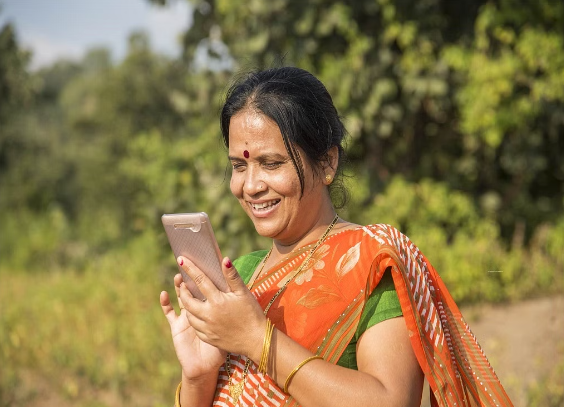
Follow the instructions and submit any required information or documents. If you opt for a SIM card instead of a phone, you’ll need to check your phone’s compatibility by entering its 15-digit IMEI.
Step 5: Approval and Enjoyment
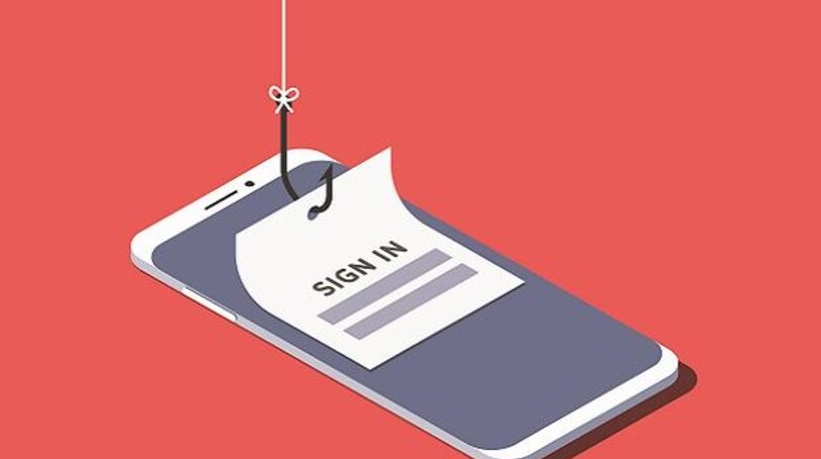
Once your eligibility is verified, you’re on your way to receiving your free government phone. Remember, even if you already have a cell phone, you can still get approved for this program. It could serve as a backup or be used for work-from-home opportunities.
And that’s it! You’ve successfully navigated the process to get your free government phone. Stay connected and make the most of this valuable resource.
Conclusion
Securing a free government phone through the Affordable Connectivity Program (ACP) is a straightforward process that can significantly improve your access to essential communication services. Whether you qualify through government assistance programs or income requirements, this initiative aims to bridge the digital divide and ensure everyone has access to a mobile device and connectivity. We hope this guide has been informative and helpful in navigating the application process. Stay connected, explore new opportunities, and make the most of this valuable resource. Don’t hesitate to apply for your free phone today.
Frequently Asked Questions (FAQs)
Who is eligible for a free government phone through the Affordable Connectivity Program (ACP)?
Eligibility criteria include participation in programs like Medicaid, SNAP, Section 8 housing, or having an income below specific thresholds based on household size. Specific eligibility details may vary by state.
What kind of phone will I receive through the ACP?
The program typically provides new Android smartphones. The availability of specific phone models may vary, but they often come with features like unlimited talk, text, and data.
Can I apply for a free government phone if I already have a cell phone plan?
Yes, you can still apply and qualify for a free government phone even if you have an existing cell phone plan. The program is designed to help individuals and families in need, regardless of their current phone situation.
How do I check if my phone is compatible with the ACP program for a SIM card instead of a phone?
During the application process, you’ll have the option to choose a SIM card if you prefer. To check compatibility, you’ll need to provide your phone’s 15-digit IMEI (International Mobile Equipment Identity) number.
Is there a limit to the number of ACP benefits per household?
Yes, there may only be one ACP benefit per home under the program. Each eligible household can receive assistance for a single phone and service plan.
Author Profile
- John Davis is a nationally recognized expert on credit reporting, credit scoring, and identity theft. He has written four books about his expertise in the field and has been featured extensively in numerous media outlets such as The Wall Street Journal, The Washington Post, CNN, CBS News, CNBC, Fox Business, and many more. With over 20 years of experience helping consumers understand their credit and identity protection rights, John is passionate about empowering people to take control of their finances. He works with financial institutions to develop consumer-friendly policies that promote financial literacy and responsible borrowing habits.
Latest entries
 BlogJuly 8, 2024How to Fast-Track Approval for Section 8 Vouchers
BlogJuly 8, 2024How to Fast-Track Approval for Section 8 Vouchers BlogJuly 8, 2024Unlock Apple Business Credit with No Credit Check Needed
BlogJuly 8, 2024Unlock Apple Business Credit with No Credit Check Needed BlogJuly 8, 2024A $18 Million Per Year Investment Plan for Democrats to Control the Texas House
BlogJuly 8, 2024A $18 Million Per Year Investment Plan for Democrats to Control the Texas House Low Income GrantsSeptember 25, 2023How to Get a Free Government Phone: A Step-by-Step Guide
Low Income GrantsSeptember 25, 2023How to Get a Free Government Phone: A Step-by-Step Guide

